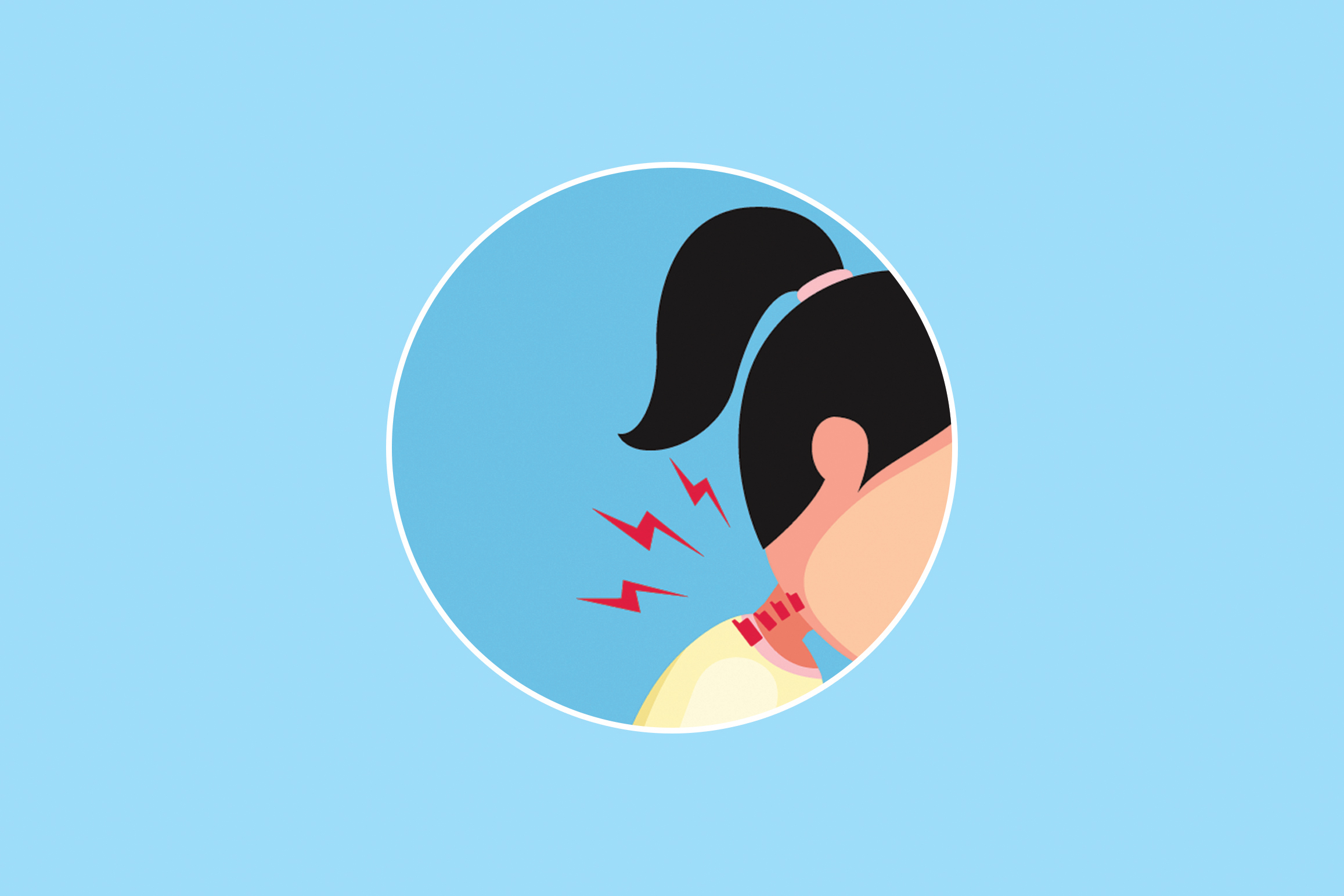
In the world of medicine, the practice of treating musculoskeletal injuries, called chiropractic, seems to hover in that gray area between standard health care and alternative. (Physicians dominate the first type, while acupuncturists and massage therapists populate the second.)
“Chiropractic was the original holistic medicine in that it focused on treating the whole person, not just the body part that hurt,” says Michael Schneider, an associate professor of health sciences at the University of Pittsburgh. His research on chiropractic suggests that cervical and lumbar manipulation—the back and neck adjustments most people associate with a visit to a chiropractor—can be an effective treatment for low back pain. A study published in April 2017 in the Journal of the American Medical Association supported this, finding that based on the latest research, spinal manipulation can modestly reduce a person’s lower back pain.
Chiropractic manipulation also often leads to better patient outcomes, especially when combined with standard medical care, other studies suggest.
“The benefits of chiropractic for acute low back pain have been pretty widely accepted for years now within the medical community,” says Dr. Ronald Glick, assistant professor of psychiatry, physical medicine and rehabilitation at the University of Pittsburgh School of Medicine and coauthor of several of Schneider’s research papers. “When I started in practice over 30 years ago, people would look askance at a physician who recommended chiropractic, but that’s not the case anymore,” he adds.
While the strongest evidence in support of chiropractic involves the treatment of back pain, Schneider says there’s also evidence for neck pain and some types of non-migraine headaches. Still, his profession is not without controversy, he says. “The controversy comes in when chiropractors make claims about treating non-musculoskeletal conditions”—claims he says have little to no basis in science.
This “failure to present a unified front” is the biggest problem facing chiropractors today, says Dr. Scott Haldeman, a neurologist and chiropractor who teaches at both UCLA and UC Irvine. “You could walk into a chiropractor’s office and find someone who is a pure back-and-neck-pain guy—a guy who has embraced the scientific research—or someone who says he can cure all things and provide general wellness,” Haldeman explains.
“Like any other type of doctor, some chiropractors are good, some are just OK and some are bad,” says Dr. Simon Dagenais, a chiropractor and clinical epidemiologist. “It takes just a few rotten apples to spoil the bunch.”
Another thorny issue for chiropractors of all stripes is the public perception that spinal manipulation can result in injury or, more ominously, stroke or torn arteries.
“The stroke question is basically resolved,” Haldeman says, citing research that shows the risk of suffering a stroke following a chiropractic visit is extremely low, on par with the risk associated with visiting a physician. “Neck pain can be a sign of a stroke in process,” he says, “so people may go see a doctor or chiropractor about that pain and then associate the subsequent stroke with their visit.” When it comes to artery tears, Haldeman’s own research turned up only 23 such cases among more then 134 million chiropractic manipulations.
More of an open question is whether less-serious injuries can result from a chiropractor’s touch. One study of neck pain patients found 30% had some kind of “adverse” reaction following chiropractic treatment. “In most cases, that adverse event was increased pain or stiffness, and it resolved itself quickly,” says Dr. Eric Hurwitz, first author of the study and graduate chair of epidemiology at the University of Hawaii.
Hurwitz says more severe reactions were “very rare,” and most patients didn’t experience any adverse event at all. “But we can’t predict who will or won’t experience an adverse event,” he adds.
“There’s some risk involved,” Haldeman agrees. “But there’s also risk from surgery or from taking medications.” Compared to opioids—a class of painkillers commonly prescribed for back and neck pain, and one also linked to dependence and death due to overdose—the potential for soreness and ache seems minor, he adds.
Schneider agrees and points out that malpractice and liability insurance premiums for chiropractors are much lower than for physicians or surgeons. “Insurance actuaries aren’t dumb,” he says. “They know that based on the malpractice data, chiropractic is very safe.”
But the biggest unsolved mystery about chiropractic treatment is exactly how spinal manipulation reduces back or neck pain. “Increased mobility of the spinal vertebrae and muscle relaxation probably has a lot to do with it,” Haldeman says. “But the truth is the mechanism is not well understood, just as back and neck pain are not well understood.”
A recent study published in The Lancet found low back pain was the most common cause of disability globally. But despite its ubiquity, back pain—like many other forms of pain—is difficult to explain. “We know some things that cause it, but not exactly where it comes from or why it persists,” Haldeman says. Looked at in this context, he says, it’s not odd that he and other researchers who have studied chiropractic can’t pinpoint why their treatment is effective. What’s more important is that for many patients, it does work, he says.
“Chiropractors tend to have very high patient satisfaction rates,” Schneider says. “And from a public health perspective, we’d see a lot fewer unnecessary tests and hospitalizations and opioid prescriptions if people visited chiropractors for their back and neck pain.”
More Must-Reads From TIME
- The 100 Most Influential People of 2024
- Coco Gauff Is Playing for Herself Now
- Scenes From Pro-Palestinian Encampments Across U.S. Universities
- 6 Compliments That Land Every Time
- If You're Dating Right Now , You're Brave: Column
- The AI That Could Heal a Divided Internet
- Fallout Is a Brilliant Model for the Future of Video Game Adaptations
- Want Weekly Recs on What to Watch, Read, and More? Sign Up for Worth Your Time
Contact us at letters@time.com